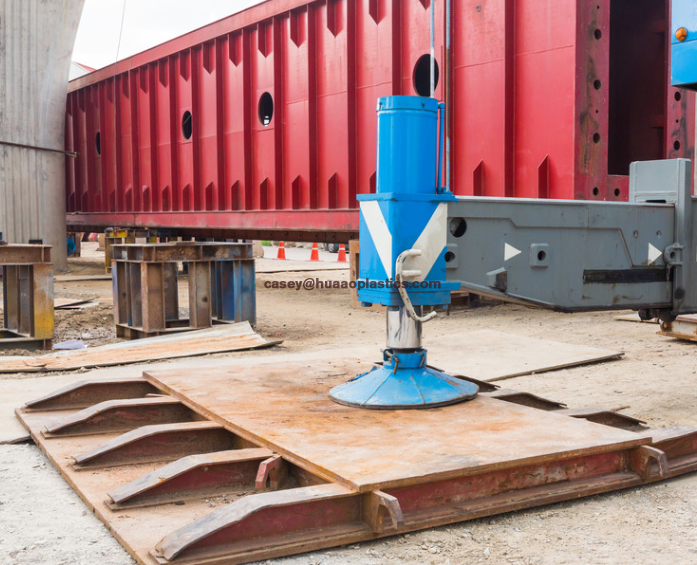
Pros:
- Extreme Strength: Unmatched compressive strength for ultra-heavy-duty operations.
- Recyclability: Fully reusable, reducing resource waste.
Cons:
- Heavyweight: Difficult to transport, increasing labor and logistics costs.
- Corrosion Risk: Requires regular maintenance in humid conditions.
Best Suited For: Hard surfaces (e.g., concrete) requiring short-term, ultra-high-load support.



